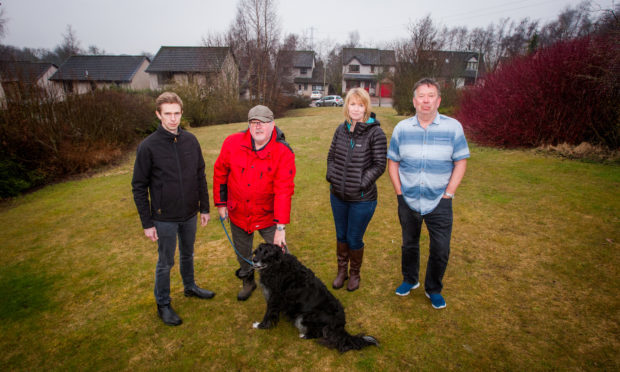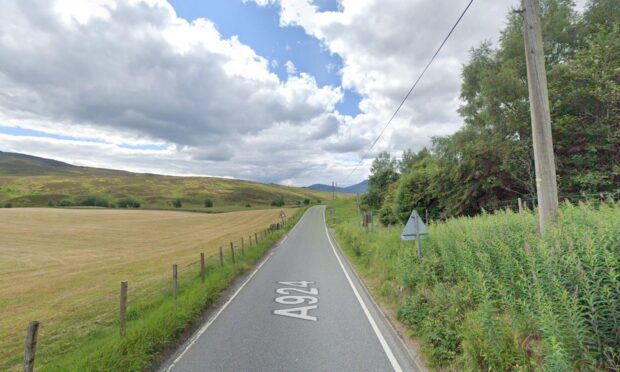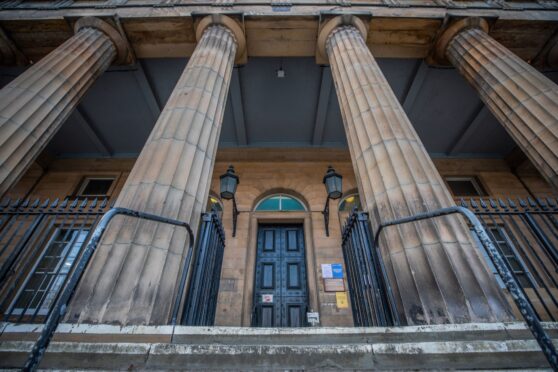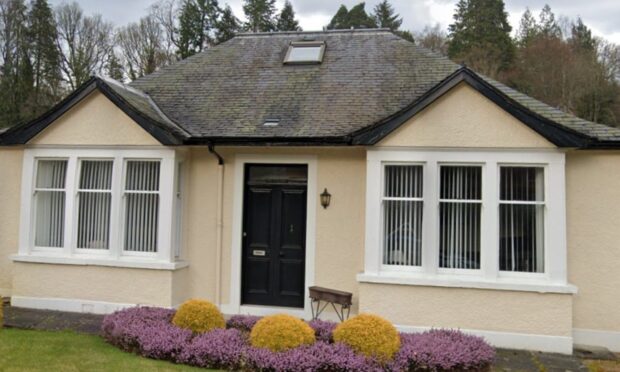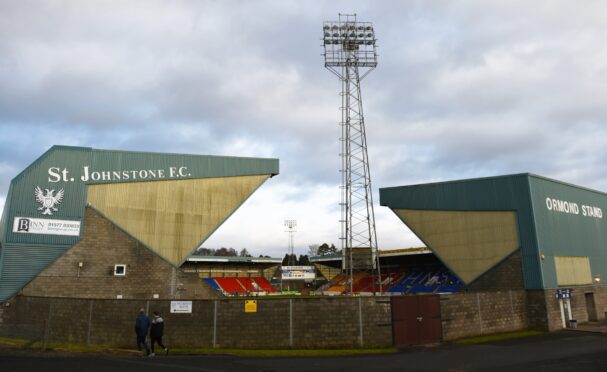A row has erupted over plans to build a house on public ground in the Carse of Gowrie.
Developers want to put a three-bedroom property on open land at Mary Findlay Drive, Lonforgan.
Cambridgeshire-based Carse Developments said it recently bought the 5,900 sq ft plot after the factoring company that owned it went into administration.
The firm has now lodged an application for planning permission with Perth and Kinross Council.
The move faces a growing backlash from locals, who are calling on the local authority to reject the development.
Retired teacher Jim Gethins, whose home overlooks the site, said: “I don’t know anyone around here who wants to this to happen.
“We were all shocked when we saw that the land had been put on the market. We had always assumed it would be kept as an open piece of public land.”
The 68-year-old added: “If this goes ahead, construction vehicles will cause a huge amount of congestion. Not only will we lose a well-used public space, views from nearby homes will be blocked.”
The housing estate was built by Stewart Milne about 20 years ago and the open land was maintained by a green energy firm.
Local Labour councillor Alasdair Bailey, who has also objected, said the move could open the floodgates to speculators who would to buy up and attempt to develop parcels of amenity and recreational ground within housing developments across the region.
“We’ve come a long way since the Victorians first experimented with mass housebuilding and maximised profit by building them back to back,” he said. “Planners and local communities go to great effort to ensure that new housing developments include green space set aside for recreation. Exactly that was done in 1998 in Longforgan.
“To grant permission for this land which was set aside as a condition of the original housing would completely undermine that principle to the extent that a developer could leave plots vacant to achieve their initial consent then come back some years later and apply to build the balance of houses on all the green space.”
Carse Developments was established late last year. In paperwork lodged with the council, a spokesman said: “In most cases such areas of open space are required by local development plan policies, but as they are usually located on sloping ground that has poor drainage, surrounded by housing and unconnected to other areas of open space they have no value as green infrastructure, do not promote biodiversity and are little more than a visual enhancement.
“While in theory they may appear as an excellent method of enhancing amenity and green infrastructure, in reality their long-term maintenance and survival is fraught.”
Planners are expected to rule on the application in the coming weeks.
